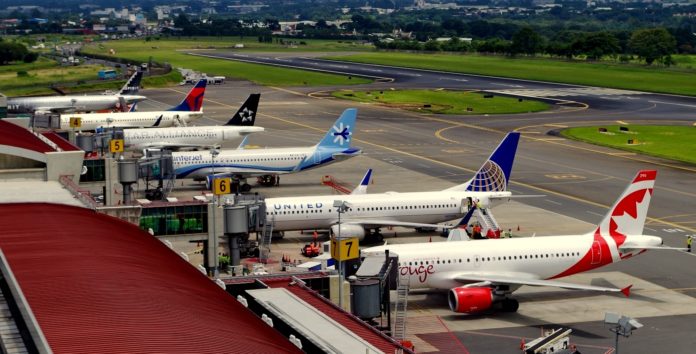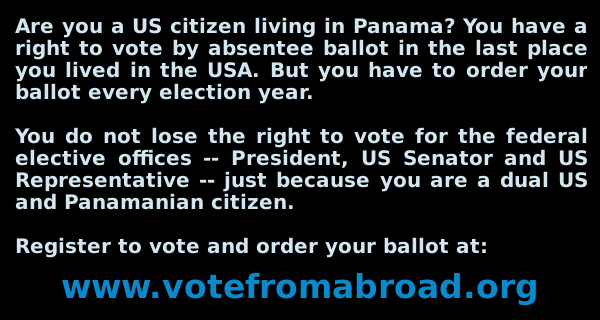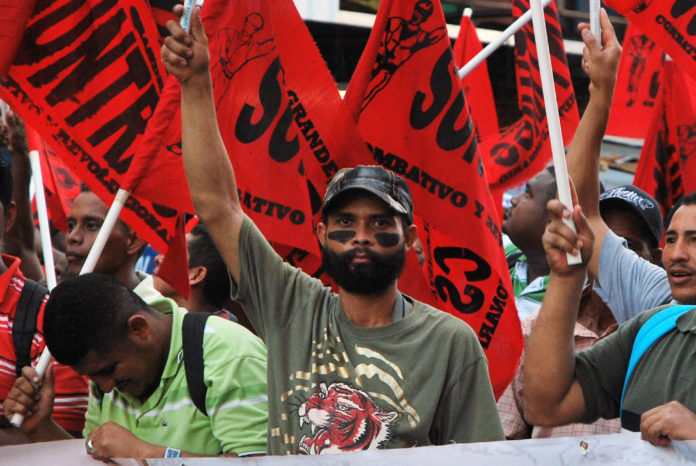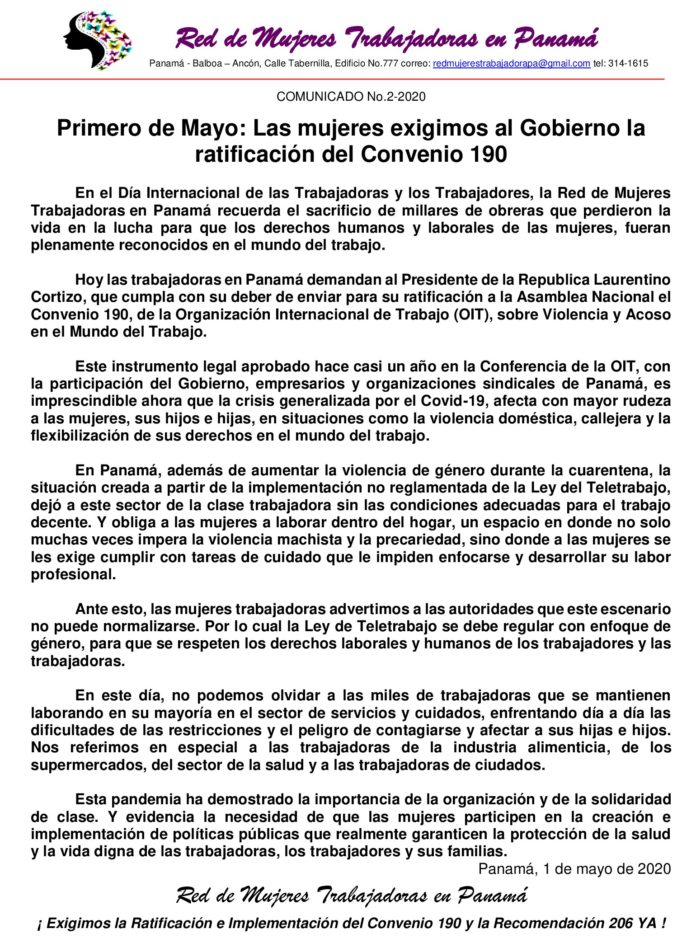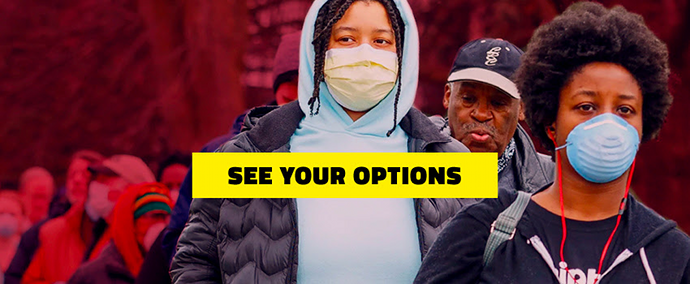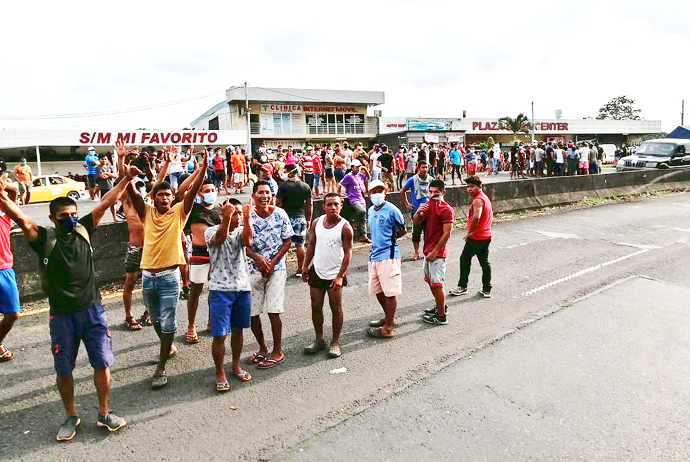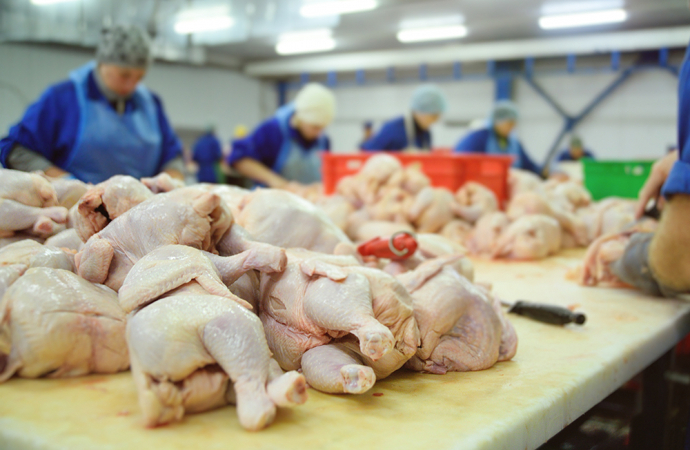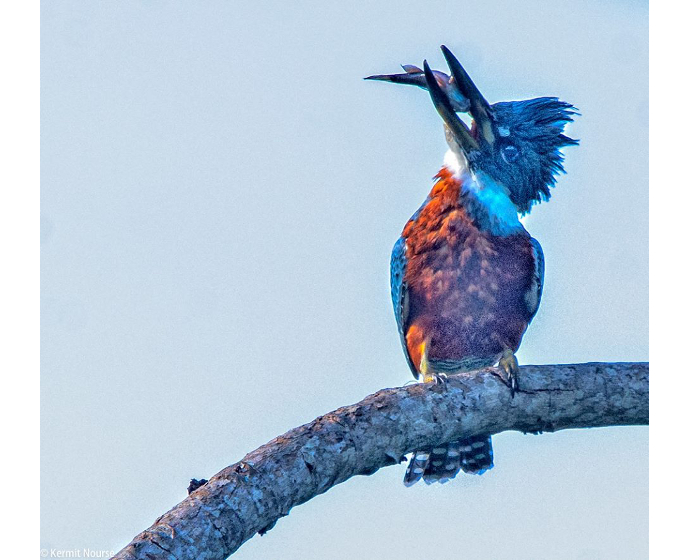Tocumen Airport is not about to get BUSY again anytime soon. We don’t even know if it will be the preferred air facility at first. But on April 30 President Cortizo ordered and easing of restrictions on civil aviation to allow more humanitarian flights — both the return of Panamanians and resident foreigners to the isthmus, and the repatriation of foreigners to their countries of origin if that is their wish. There are also fewer obstacles to air freight for supplies related to coronavirus disaster relief, which given current arrangements would mostly come into Howard. Banking Superintendent archive photo.
Foreigners who want to get out, and citizens and foreign residents who want to get back in, will find it easier
by Eric Jackson
So, you’re an American who got stuck in New York City but your home is in Panama and want to get back? Executive Decree 605 eases the absolute ban on flights back to Panama, but there is enough discretion left in it that travelers from one of the world’s worst COVID-19 hot spots may not be allowed to return just yet, or may be allowed back but go from the plane to a mandatory isolation facility for two weeks or more.
One of the first contemplated repatriation flights will be some 250 people returning from Spain on May 10. These folks would likely go into quarantine facilities before being allowed to return to their homes.
Distraught British ravers may be allowed to return from their party at a beach in the jungle, perhaps not through the metro area but a special flight from David or somewhere else closer to where they are. Will gringos in the beach communities who can’t stand the quarantine be able to get out on special evacuation flights out of Rio Hato? Perhaps. The new decree, one of several cautions quarantine easing steps, has great flexibility built into it.
Other restrictions that are being loosened or are expected to soon be are very selective reopenings of certain industries and stores and the partial lifting of the total blockade around the Arraijan neighborhood of Koskuna.
The general quarantine is likely to be with us for weeks and perhaps months to come. There is still a lot of dangerous contagion out there. What’s different now from when the lockdown was begun is not a general lessening of the danger of infection, but that we have more resources to resist the pandemic now than when Nito slammed the door. At the time there was the immediate danger of our hospitals and first responders being overwhelmed. Now more of our vulnerable workers have protective gear. Tere is a new hospital in Albrook. There are more respirators in the country. Doctors have better ideas about how to save lives by treating coronavirus symptoms. Still, there is no cure, there is no vaccine and there are many important biological facts about COVID-19 yet to be determined.
El nuevo decreto
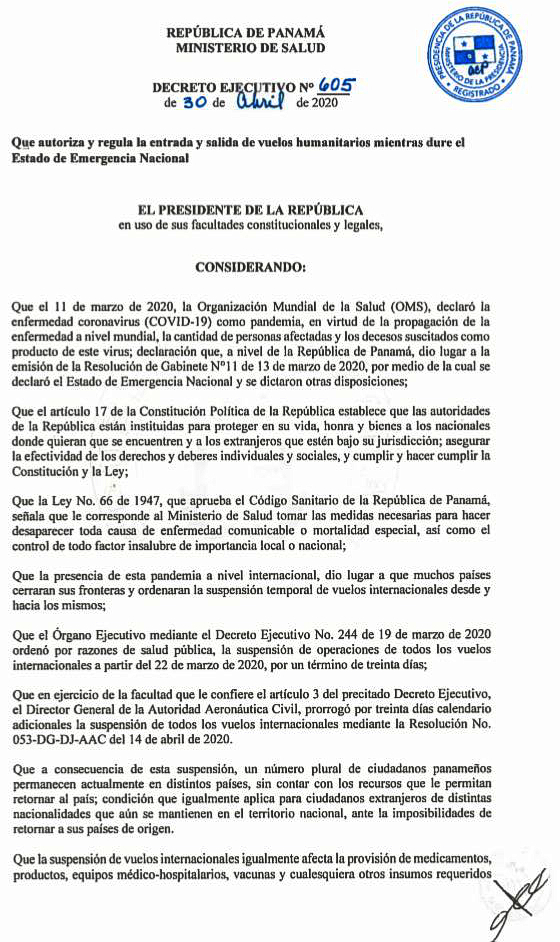
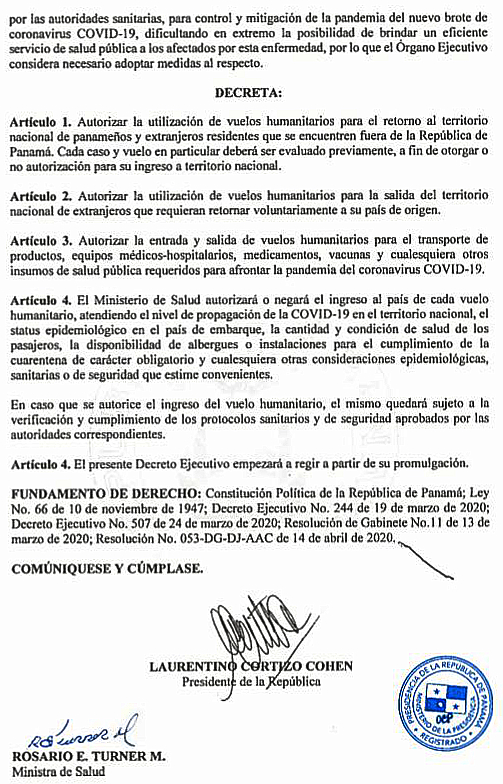
Contact us by email at / Contáctanos por correo electrónico a fund4thepanamanews@gmail.com
To fend off hackers, organized trolls and other online vandalism, our website comments feature is switched off. Instead, come to our Facebook page to join in the discussion.
Para defendernos de los piratas informáticos, los trolls organizados y otros actos de vandalismo en línea, la función de comentarios de nuestro sitio web está desactivada. En cambio, ven a nuestra página de Facebook para unirte a la discusión.
~ ~ ~
These announcements are interactive. Click on them for more information.
Estos anuncios son interactivos. Toque en ellos para seguir a las páginas de web.

